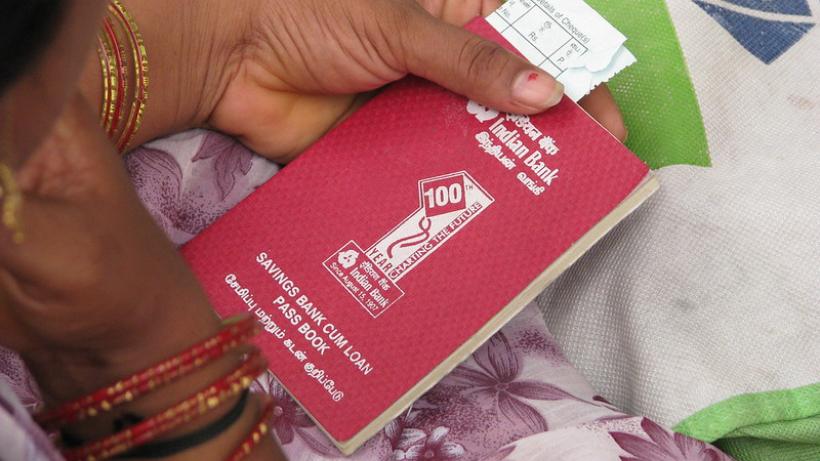
Intermediated loans: A new approach to microfinance (Policy Brief)
-
Maitra-Et-Al-2012-Policy-Brief.pdf
PDF document • 96.72 KB
- Microfinance attempts to be an effective tool for increasing financial inclusion for the world’s poor. However, microfinance programmes often prescribe rigid repayment schedules and a lack of tolerance for risk-taking. Thus, growth and poverty reduction impacts have been limited.
- This study asks whether it is possible to design a more flexible system of microfinance that targets smallholder agriculture but does not require collateral nor endanger financial sustainability. This system would drop savings requirements, have less rigid repayment schedules and reduce/eliminate costly meetings with MFI officials.
- The authors design and implement an agent-intermediated individual liability loan (AIL) system in a field experiment. A group-based lending (GBL) exists as a control.
Key results:
- Traders appear to work better compared to agents recommended by local government, and better than GBL in terms of takeup and repayment.
- Policy makers should use existing economic links within the community.
- Economic links appear to work better than social and political networks.
- There is no one size fits all policy. GBL and AIL can be offered at the same time; the poorest selecting GBL, with small and marginal landowners adopting AIL.
Recommendations:
- Harness local information and social capital when appointing loan intermediaries.
- The selection process of an intermediary agent differs depending on whether they are traders or those recommended by local government. The former have mainly economic links with potential borrowers; the latter have social and political links





